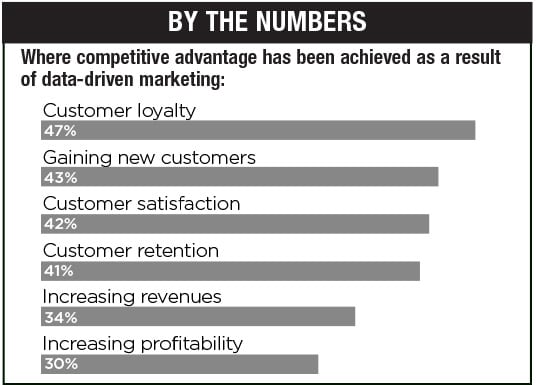
Brad Williams, president of the North American technology practice for Weber Shandwick, is a veteran of the Consumer Electronics Show (CES) in Las Vegas. Previously a senior communications exec at Yahoo and eBay, he has been attending the annual exhibition and conference for many years. The last few rounds were somewhat mundane, Williams said. But this year’s CES, which wrapped up January 9, was different.
“This year it felt like there was more energy and it was very growth-oriented,” Williams said. He stressed that the “connected home,” “automotive technology” and “wearable technologies” may have reached a tipping point in how the gear used in these areas applies to the marketplace and business communications.
“Those are the first three legs of the ‘Internet of Things (IoT),’” he said. “That’s the macro trend from this year’s show: an explosion in connectivity.”
While PR executives in the tech sector have attended CES for years, the increasing ubiquity of high technology throughout multiple markets—not to mention how to wed a message to wearable technology—means that non-tech PR execs should consider attending CES.
“Technology is changing marketing,” Williams said. “To be of value to management, [communicators] need to be aware of how technology both impacts the core business and helps [brands] market to customers and consumers.”
TURN IT INTO ENGLISH
While CES traffics in all kinds of new circuitry and introduces the latest consumer gear, one of the keys to promote and sell that equipment is for PR and marketing executives to cut through the technology and tell compelling stories.
“Engineers think in specs, speeds and feeds, and that’s their job. But PR is best positioned to translate the story into plain English in a way that people can understand,” Williams said. “People’s eyes glaze over when you say, ‘Our widget is 10x faster than the other one.’ If you describe the [technology] benefits in an emotional way, it will resonate with the media and consumers, and give the story meaning.”
Cathy Applefeld Olson, a contributing editor for Cablefax Daily (a sister publication of PR News), made sure to cover as much ground as possible when she attended this year’s CES, including several work sessions tied to C Space, a new series of conference tracks and meetings specifically geared to creative communicators, brand marketers, advertising agencies, digital publishers, social networks and PR executives.
Some of the sessions featured marketing heavyweights from such brands as Fox Network Groups, Condé Nast and McDonald’s, who discussed how they now plan to engage and grow their audiences.
“Brands want to reach their fans in personal ways, but they need scale to make it cost-effective,” she said. “A lot of large content companies either are developing or buying technologies to reach that goal.”
Another takeaway from CES (which has been percolating throughout PR precincts for the last few years): the growth in the use of data and analytics to inform marketing campaigns.
Olson pointed to a partnership between Universal Music Group and Havas Media —which was announced at CES—designed to help UMG leverage fan data with Havas’ consumer behavior insights “to realize previously untapped revenue from consumer brands and other new business partners” for its artists, UMG head Lucian Grainge said in a statement.
Olson called the deal “revolutionary,” and stressed that brands of all stripes can learn from it. “PR managers should pay attention to how they can leverage celebrities for cross-platform” programs she said.
DATA AS GOLD
Using data to craft a more compelling message grabbed a good deal of the oxygen at this year’s CES.
“He who has the data has the gold,” said Paul Rand, president-CEO of digital and word-of- mouth agency Zócalo Group, a subsidiary of Ketchum, who had several of his team members attend CES. “Marketers and CMOs are looking to PR to contribute data to the overall [marketing] mix.”
Many communicators are unaccustomed to extrapolating data and converting it into a narrative, of course. But that’s going to take up more and more bandwidth as the PR profession moves forward.
“It doesn’t matter who’s coming to the table,” Rand added. “It’s who’s using [data] for the brand and who’s looking to use it to drive action.”
Wearables (smart watches, clothing) were highly visible at CES. As part of their growing push to use data to inform content, PR pros will determine how best to deploy the various wearable technologies as marketing vehicles, Rand said.
“If you buy into the fact that we’re in the content business,” he said, “you have to figure out what kind of content/data can be delivered via new technologies and how it can become integrated into what you’re sharing.”
CONTACT:
Paul Rand, [email protected]; Cathy Applefeld Olson, [email protected]; Brad Williams, [email protected]
This article originally appeared in the January 19, 2015 issue of PR News. Read more subscriber-only content by becoming a PR News subscriber today.
